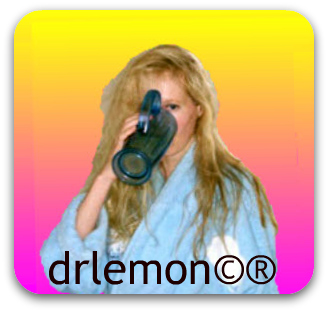Direct Objects are not only things, but can also be people and ideas.
Let's take a look at an example of a person as a direct object.
| Keanu besa a la profe. |
Now let's examine the components of the sentence.
| Keanu | He is the subject of the sentence - the person in charge of (driving) the verb. |
| besa | This is the verb (and as a transitive verb, it transfers action to an object, and so it requires an object) |
| a la profe | this is the direct object (she receives all the action of the verb): The profe is whom Keanu is kissing. The profe is being kissed. And since she is a sentient being, she gets a Personal A. |
Now replace the Direct Object [the profe] with a Direct Object Pronoun [la]:
| Keanu la besa. |
Let's look at an example of an idea or concept as a Direct Object:
Keanu dice que hay una fiesta esta noche en la casa de Patty.
| Keanu | He is the subject of the sentence - the person in charge of the verb Decir [to tell]. |
| dice | This is the verb |
| que hay una fiesta esta noche en la casa de Patty. | this is the direct object introduced by the conjunction que ("that".) This is the information that Keanu is telling. All of this information is the Direct Object. Ideas and Concepts are replaced by the singular masculine lo. |
Keanu lo dice.
Keanu dice [que hay una fiesta esta noche en la casa de Patty.]
¿Quién lo dice? [Who is saying that?]
¡Keanu lo dice! [Keanu is saying that!]

